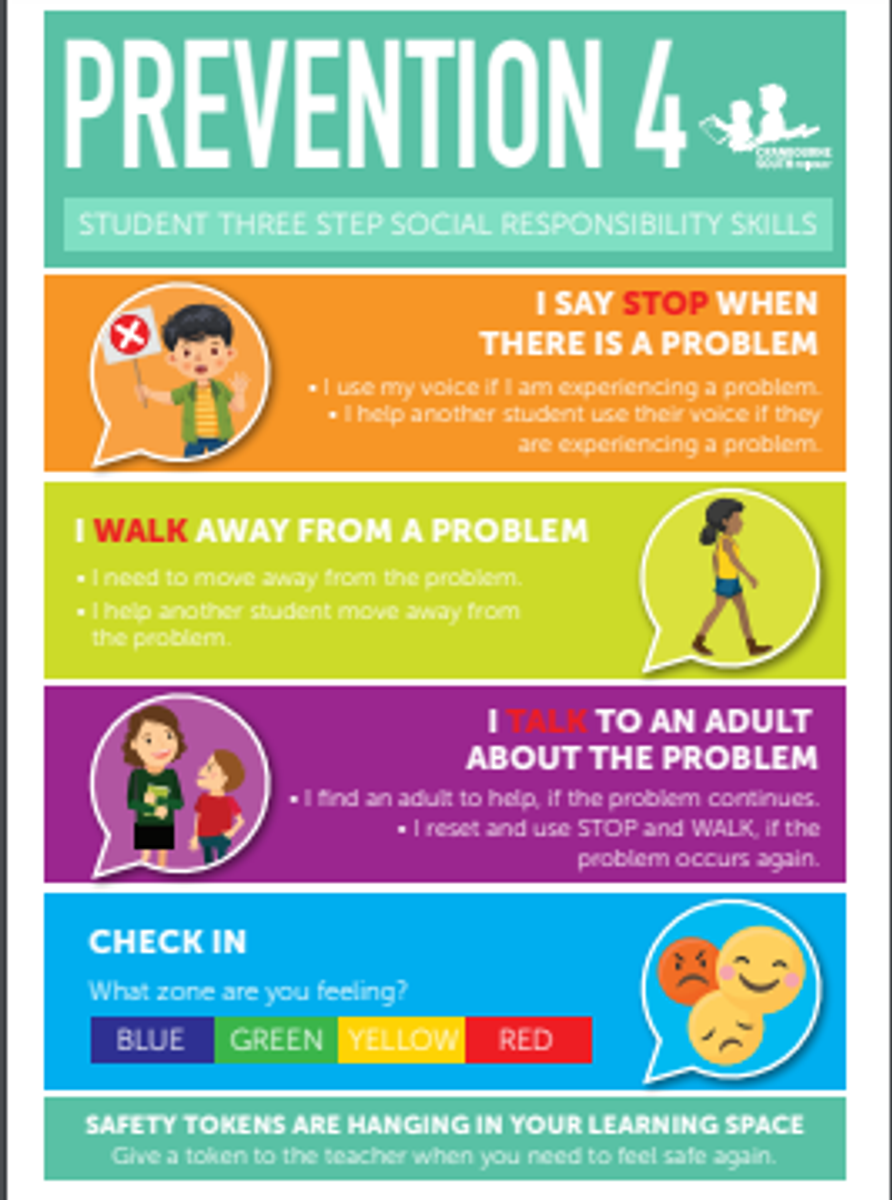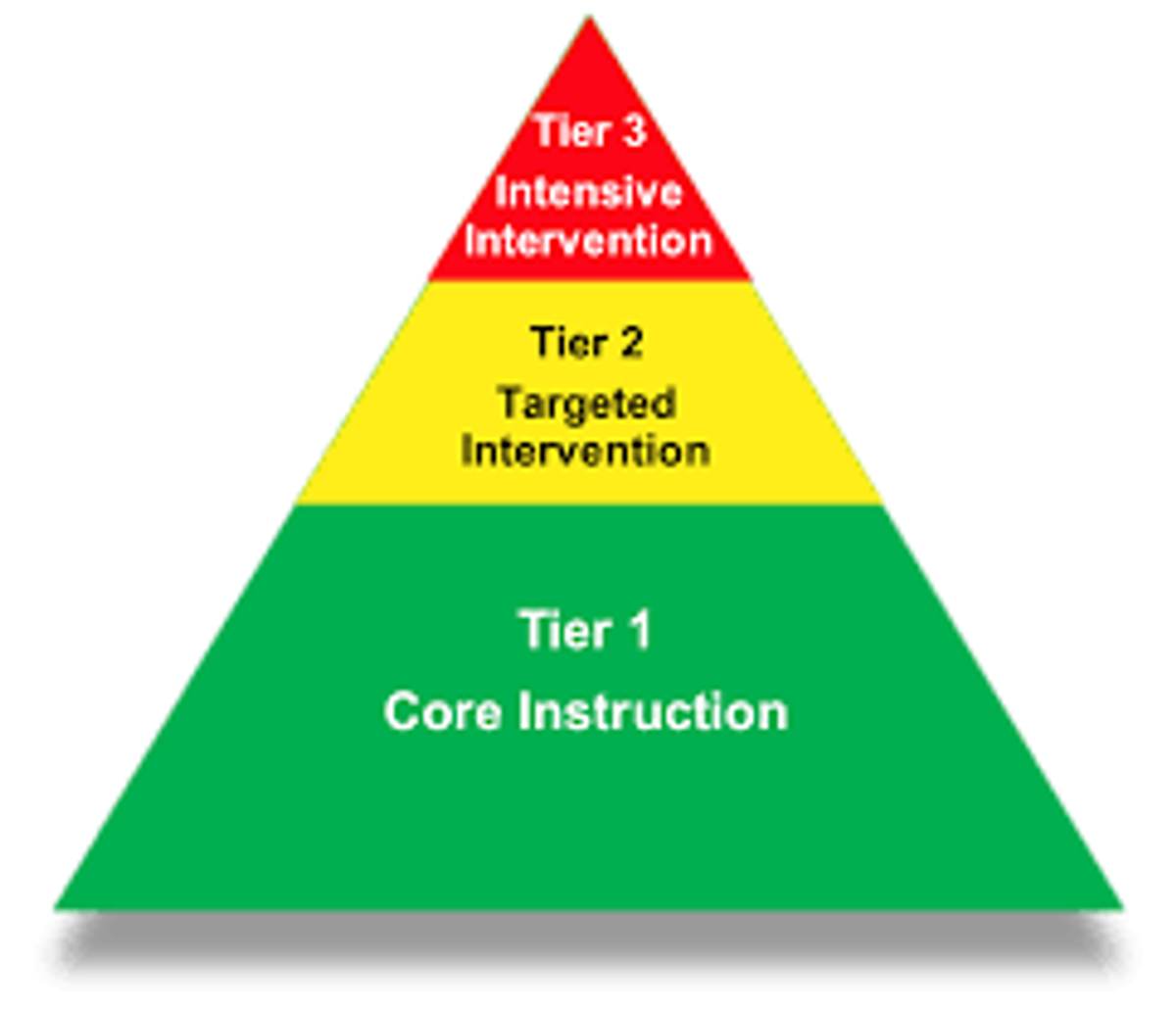Student Welfare and Wellbeing News
School Wide Positive Behaviour Support and Respective Relationships News

Student Welfare and Wellbeing News
School Wide Positive Behaviour Support and Respective Relationships News


CSPS takes any instances of disrespectful behaviour seriously. In 2023, we have introduced a new component of our SWPBS program. We call it 'Prevention 4."
Staff and students are taking part in lessons that discuss respectful and disrespectful behaviour and outlines strategies for ALL students to use when someone is being disrespectful. In Term 2 CSPS will be offering a workshop to present PREVENTION 4. Stay tuned for further details
Bullying has many formal definitions, but typically it is when someone repeatedly uses threats, intimidation or aggression to obtain objects, activities or social gain from others. Bullying prevention focuses on the strategies for reducing bullying behavior by blending SWPBS with explicit instruction and redefining the bullying construct. Teaching students to identify and respond effectively to the bullying and harmful behavior of others needs to match the students’ developmental level. The goal is the same – to reduce bullying behavior.
Every school benefits from strategies to prevent bullying as a way to increase student safety, prevent problem behavior, and improve student outcomes.
Not all students respond equally to bullying prevention strategies, for lots of reasons. At CSPS we have a tiered approach to how we work with students.


Tier 1 - Core instruction: All students and school personnel are taught directly and formally how to behave in safe, respectful, and responsible ways in every school setting. The emphasis is on teaching and encouraging positive social skills and character traits. At this tier, all students may also learn how to respond to the problem behavior of others.
Tier 2 - Targeted intervention: Students whose behaviors don’t respond to Tier 1 supports receive additional preventative strategies which might include:
Targeted social skills instruction
Increased adult supervision and positive attention
Specific, daily feedback on their behavioral progress
Additional academic support, if necessary
Tier 3 - Intensive intervention: Students who don’t respond to Tier 1 and 2 supports receive intensive preventative strategies. This might include:
Highly individualised academic and/or behavior intervention planning
More comprehensive, person-centered, function-based wraparound processes
School-family-community mental health supports.